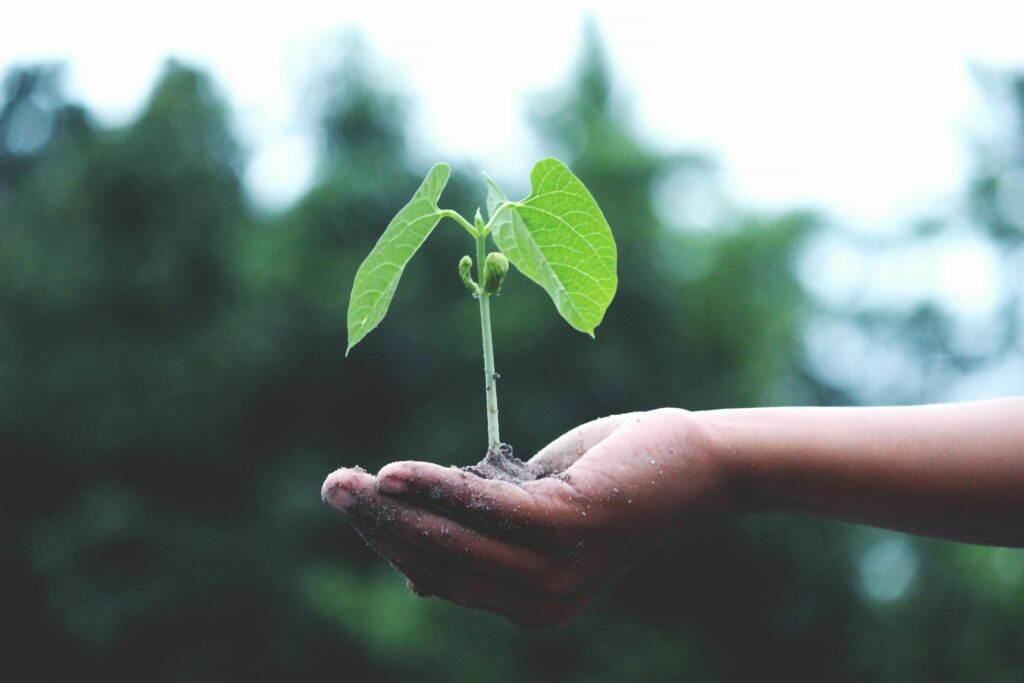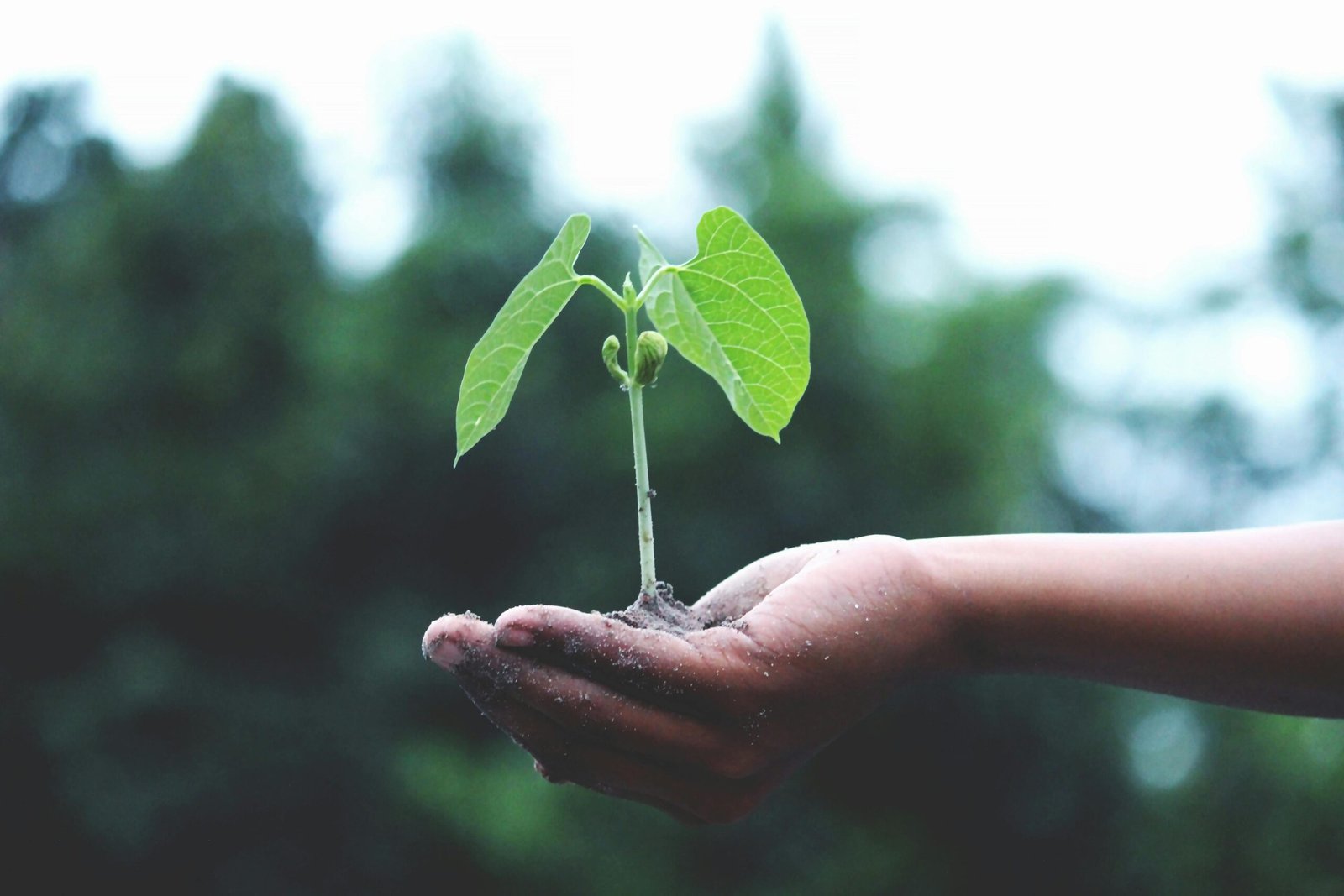You’re about to discover a world beyond fashion that goes hand in hand with Mother Earth. In this article, we will explore the eco-friendly choice of high sock materials that not only keep you stylish but also contribute towards a sustainable future. From recycled materials to organic fibers, get ready to embrace a new era of fashion that prioritizes both your comfort and the health of our planet.

This image is property of images.pexels.com.
Introduction
Welcome to our comprehensive guide on sustainable and eco-friendly high sock materials! In today’s world, where environmental concerns are becoming increasingly important, it’s crucial to make conscious choices about the products we use. High socks are a staple in many wardrobes, so why not opt for materials that not only feel great on your feet but also have a positive impact on the planet? In this article, we will dive into the definition of sustainable and eco-friendly materials, explore the benefits of using them in high socks, and discuss various options available in the market.
Definition of Sustainable and Eco-Friendly Materials
Before we delve into the world of sustainable and eco-friendly high sock materials, let’s clarify what these terms mean. Sustainable materials are those that are produced in a manner that minimizes the negative impact on the environment. They are sourced responsibly, using practices that prioritize conservation and resource efficiency. On the other hand, eco-friendly materials are those that are non-toxic, biodegradable, and have a low carbon footprint throughout their lifecycle. By opting for high sock materials made from sustainable and eco-friendly sources, you are making a positive choice for both your feet and the planet.

This image is property of images.pexels.com.
Benefits of Using Sustainable and Eco-Friendly High Sock Materials
Reduced Environmental Impact
One of the significant advantages of using sustainable and eco-friendly high sock materials is the reduced environmental impact they have compared to conventional options. Traditional sock materials like cheap polyester and nylon are derived from non-renewable fossil fuels and contribute to pollution during production and disposal. In contrast, sustainable materials like organic cotton, bamboo, and hemp are grown with fewer chemicals and pesticides, reducing contamination of water sources. By choosing high socks made from these materials, you can help protect the environment and support a healthier planet.
Improved Durability
Another key benefit of sustainable and eco-friendly high sock materials is their improved durability. Unlike synthetic fabrics that wear down quickly, natural fibers tend to be more resilient and long-lasting. For instance, cotton socks are not only soft and breathable but also have excellent durability. Bamboo socks are known for their strength and resistance to fraying. Hemp socks, derived from the sturdy hemp plant, are exceptionally durable and can withstand multiple washes without losing their shape. By investing in high socks made from sustainable materials, you can enjoy their longevity and reduce the need for frequent replacements.
Healthier for Your Feet
Your feet deserve the best, and that includes the materials they come into contact with. Many conventional high sock materials can be harsh on the skin and cause irritation or allergies. In contrast, sustainable and eco-friendly high sock materials, particularly those made from natural fibers, are generally hypoallergenic and gentler on your feet. Organic cotton socks, for example, are free from harmful chemicals and pesticides, making them an excellent choice for those with sensitive skin. Organic wool socks provide natural insulation and moisture-wicking properties, ensuring your feet stay comfortable and healthy. By choosing sustainable high socks, you prioritize the well-being of your feet.
Natural Fibers for High Sock Materials
Now that we’ve explored the benefits of sustainable and eco-friendly high sock materials, let’s take a closer look at some natural fibers commonly used in their production:
Cotton
Cotton is one of the most widely used natural fibers in the textile industry, and for good reason. It is breathable, soft, and comfortable, making it an excellent option for high socks. Organic cotton, in particular, is grown without the use of synthetic fertilizers or pesticides, making it an eco-friendly choice. It’s important to note that conventional cotton production can have negative environmental impacts due to heavy pesticide use, so opting for organic cotton socks is a more sustainable choice.
Bamboo
Bamboo has gained popularity in recent years as an eco-friendly alternative to traditional high sock materials. It is a fast-growing and renewable plant that requires minimal water and no pesticides to thrive. Bamboo socks are known for their antibacterial properties, moisture-wicking abilities, and softness. They are an excellent choice for those with sensitive skin or allergies. When purchasing bamboo socks, look for those made from bamboo fibers that are processed in a closed-loop system to ensure minimal environmental impact.
Hemp
Hemp is a versatile plant that has been used for centuries to produce textiles. Hemp socks are known for their durability and strength, as well as their ability to regulate temperature and absorb moisture. Like bamboo, hemp plants require minimal water and no pesticides to grow, making them a sustainable material choice. When purchasing hemp socks, opt for those made from organically grown hemp to further minimize environmental impact.

This image is property of images.pexels.com.
Recycled Materials for High Sock Materials
In addition to natural fibers, recycled materials are another eco-friendly option for high sock materials. These materials are made from post-consumer waste or factory waste, diverting them from landfills and reducing the need for virgin resources. Here are some common recycled materials used in high sock production:
Recycled Polyester
Recycled polyester is made from recycled plastic bottles, transforming waste into a valuable resource. By choosing high socks made from recycled polyester, you contribute to reducing plastic waste and conserving energy compared to the production of virgin polyester. Recycled polyester socks offer excellent moisture-wicking properties, durability, and quick-drying abilities.
Recycled Nylon
Recycled nylon, often referred to as Econyl, is another recycled material used in the production of high socks. Econyl is made from discarded fishing nets, industrial plastic waste, and fabric scraps. Choosing high socks made from recycled nylon helps prevent the pollution and depletion of marine resources associated with traditional nylon production. Recycled nylon socks are known for their strength, durability, and resistance to abrasion.
Recycled Wool
Recycled wool is created by collecting wool scraps from garment production and processing them into new fibers. This process reduces the need for new wool production and minimizes waste. Recycled wool socks provide excellent insulation, moisture regulation, and odor resistance. By opting for recycled wool socks, you support the circular economy and reduce the environmental impact of wool production.
Organic Materials for High Sock Materials
In addition to recycled materials, organic materials offer another sustainable option for high sock materials. Organic materials are grown without the use of synthetic fertilizers, pesticides, or genetically modified organisms, prioritizing soil health and biodiversity. Here are some organic materials commonly used in high sock production:
Organic Cotton
Organic cotton is grown through practices that promote ecological balance and maintain soil fertility. Organic cotton socks are soft, breathable, and hypoallergenic, making them an excellent choice for those with sensitive skin. By choosing organic cotton socks, you support the well-being of farmers and protect the environment from harmful chemicals and pesticides.
Organic Wool
Organic wool comes from sheep that have been raised on organic farms, where they are treated with care and respect. Organic wool socks provide natural insulation, moisture-wicking properties, and odor resistance. They are an excellent choice for those seeking warmth and comfort, while also ensuring the ethical treatment of animals and the preservation of biodiversity.
Organic Bamboo
Organic bamboo is grown without the use of synthetic fertilizers or pesticides, ensuring a low environmental impact. Organic bamboo socks offer the same benefits as conventional bamboo socks, including antibacterial properties, moisture-wicking abilities, and softness. By opting for socks made from organic bamboo, you support sustainable farming practices and protect ecosystems.
Innovative Materials for High Socks
Innovation is driving the development of new sustainable materials for high socks. These materials combine environmental consideration with technological advancements, resulting in unique and eco-friendly options. Here are a few examples of innovative materials used in high sock production:
SeaCell
SeaCell is a material made from seaweed and cellulose fiber. Seaweed is known for its health benefits, including the potential to improve skin condition and blood circulation. By incorporating seaweed into high socks, SeaCell offers potential health benefits while utilizing a renewable resource.
Tencel
Tencel, also known as lyocell, is a cellulose-based fabric made from sustainably sourced wood pulp. The production process involves the use of a closed-loop system where chemicals are recycled, minimizing waste and environmental impact. Tencel socks are soft, breathable, and have excellent moisture-regulating properties.
Milk Fiber
Milk fiber, also known as casein fiber, is an innovative material made from the protein in cow’s milk. The process involves extracting the protein and turning it into a fiber with properties similar to wool. Milk fiber socks are soft, hypoallergenic, and have excellent moisture-wicking abilities.
Certifications for Sustainable and Eco-Friendly High Sock Materials
When purchasing high socks made from sustainable and eco-friendly materials, it’s essential to look out for certifications that verify their environmental and social standards. Here are a few notable certifications to consider:
Global Organic Textile Standard (GOTS)
GOTS is a leading international certification for textiles made from organic fibers. It ensures strict standards throughout the entire production process, from sourcing of raw materials to the final product. Look for the GOTS certification logo when purchasing high socks made from organic materials.
Bluesign
Bluesign is a system that provides comprehensive solutions for the textile industry to ensure it operates sustainably. It focuses on reducing environmental impact, ensuring the responsible use of resources, and prioritizing the health and safety of workers. High socks with the Bluesign certification guarantee compliance with stringent criteria.
Oeko-Tex Standard 100
Oeko-Tex Standard 100 is a globally recognized certification that tests textiles for harmful substances. It verifies that high socks do not contain any harmful chemicals or substances that may pose a risk to human health. Look for products with the Oeko-Tex Standard 100 label to ensure their safety and compliance.
Considerations for Purchasing Sustainable and Eco-Friendly High Socks
While it’s important to choose sustainable and eco-friendly high socks, there are a few additional factors to consider:
Price
Sustainable and eco-friendly high socks may be priced higher than conventional options due to the use of quality materials and responsible manufacturing practices. However, it’s essential to evaluate the long-term value of these socks. Investing in durable socks made from sustainable materials can save you money in the long run by reducing the need for frequent replacements.
Brand Transparency
When purchasing high socks, look for brands that prioritize transparency and provide information about their material sourcing, manufacturing processes, and environmental impact. Seek out brands with certifications or third-party verifications to ensure their claims are genuine.
Ethical Manufacturing
Consider the ethical aspects of the brand’s manufacturing practices. Look for brands that treat their workers fairly, provide safe working conditions, and adhere to labor laws. Choose high socks from brands that value social responsibility and prioritize ethical production methods.
Conclusion
By opting for high socks made from sustainable and eco-friendly materials, you can make a positive impact on both the environment and your feet. The use of natural fibers, recycled materials, organic materials, and innovative materials offers a wide range of choices for eco-conscious consumers. Remember to look for certifications and consider factors such as price, brand transparency, and ethical manufacturing when making your purchase. Together, we can make a difference by embracing sustainable and eco-friendly high sock materials – your feet and the planet will thank you!
